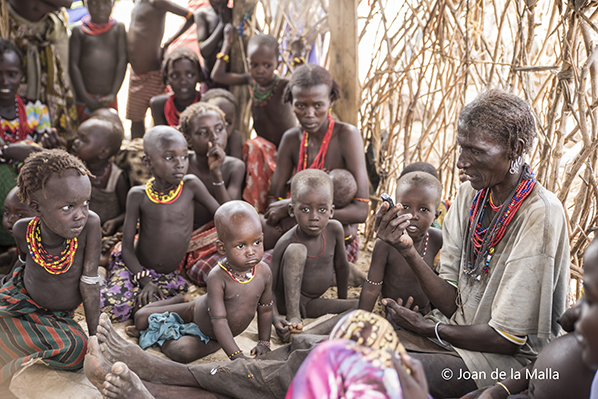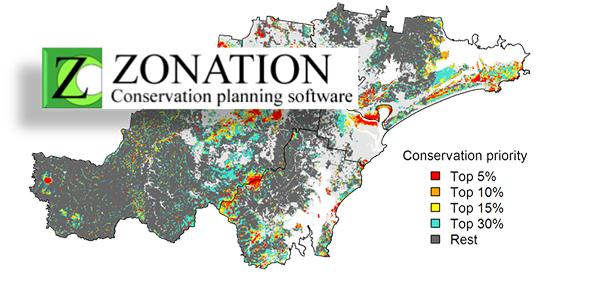The registration and cancellations for courses has closed on March 23rd.
Location
All of the courses are located in Mattilanniemi Campus (Address: Mattilanniemi 2) which is within a 25-minute walk (1.7km) from the city center and 20-minute walk (1.4.km) from Paviljonki (the congress venue). If you want to use public transportation, the city bus station can be found between the Forum shopping centre and the station square on Vapaudenkatu 40. Buses number 5K, 5 and 20 stop at Agora building. A single ticket costs 3 EUR. All courses are in Agora building ('Ag' on the map), with the exception of Spatial conservation planning with Zonation which is in MaD building.

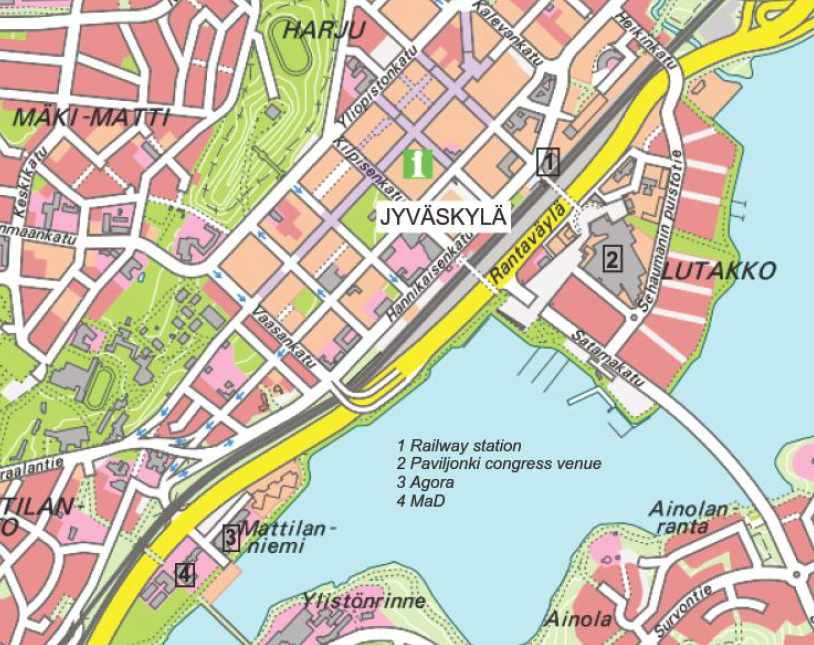
1. Decolonizing conservation research methods
Goal: The aim of this short course is to raise awareness of the challenges and complexities in doing conservation research with and/or amongst Indigenous Peoples and Local Communities (IPLCs). We will uncover the colonial legacy of many top-down research methods and give a number of practical guidelines and tools to promote ethical engagement with IPLCs in the context of conservation research. The aim of this short course is to raise awareness of the challenges and complexities in doing conservation research with and/or amongst Indigenous Peoples and Local Communities (IPLCs). We will uncover the colonial legacy of many top-down research methods and give a number of practical guidelines and tools to promote ethical engagement with IPLCs in the context of conservation research.
Duration: 0.5 day; 10th June 2018
Fee: None.
Click here for course organizers, description, location and additional information.
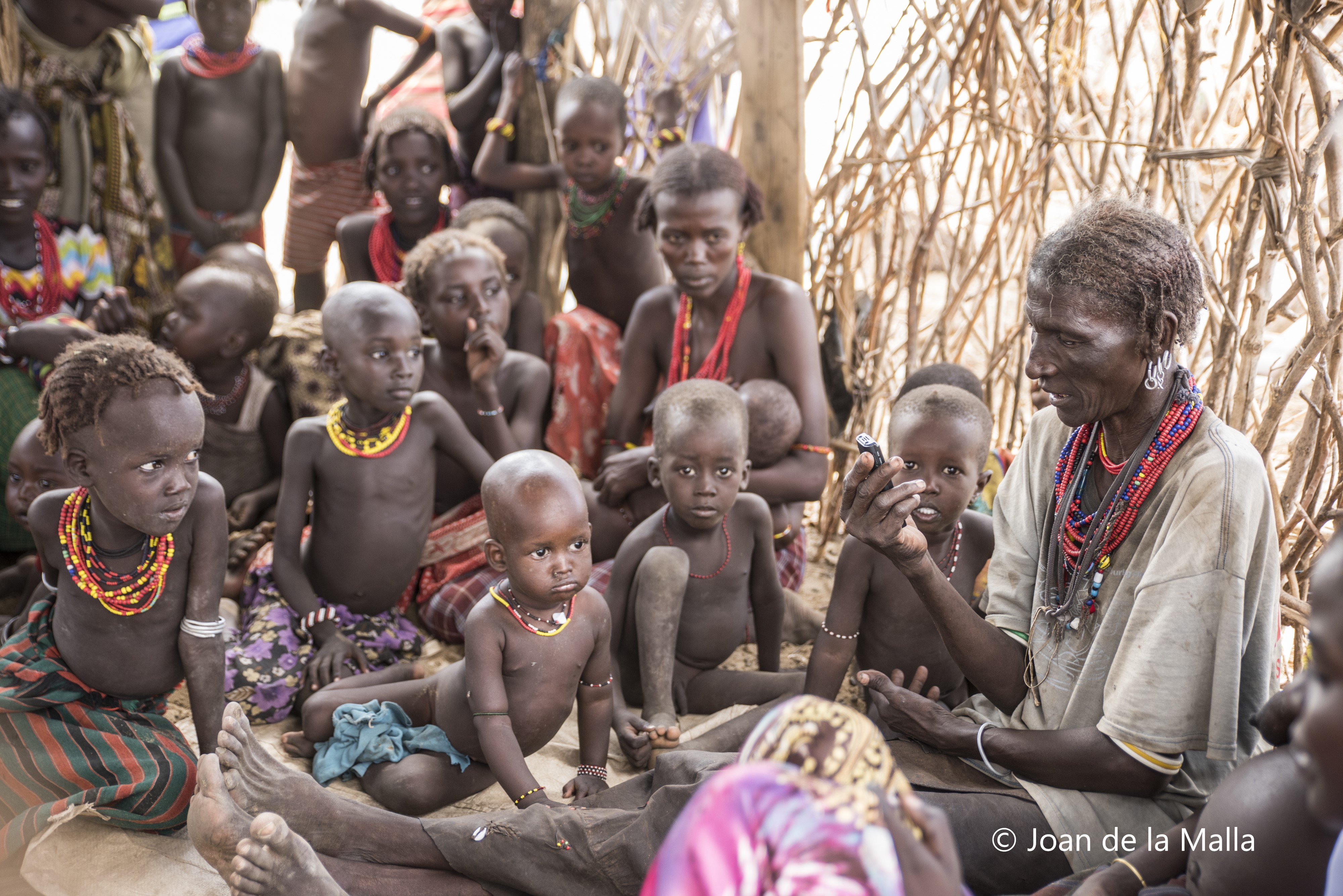
2. Getting the Most out of the Media
Goals: By the end of the course, delegates will know how to use the media more effectively, get their own message across, and feel confident about doing press or broadcast interviews and podcasts.
Duration: 0.5 day; 11th June 2018
Fee: None.
Click here for course organizers, description, location and additional information.
3. Interplays of science, policy and society for planetary wellbeing: meaningful science communication and outreach on European scale
Goal: The objective of this course is to find effective and innovative ways to communicate scientific research as a part of science-policy-society interaction. The course aims to find new ways to approach different types of audiences ranging from the general public and civil society to policy makers through engagement and knowledge co-production. The idea will be to discover diverse tools and approaches for outreach and public engagement that make a difference. This course adds to the symposium “Informed decision-making for planetary wellbeing” held in ECCB2018.
Duration: 1 day (depending on the number of participants); 11th June 2018
Fee: None.
Click here for course organizers, description, location and additional information.
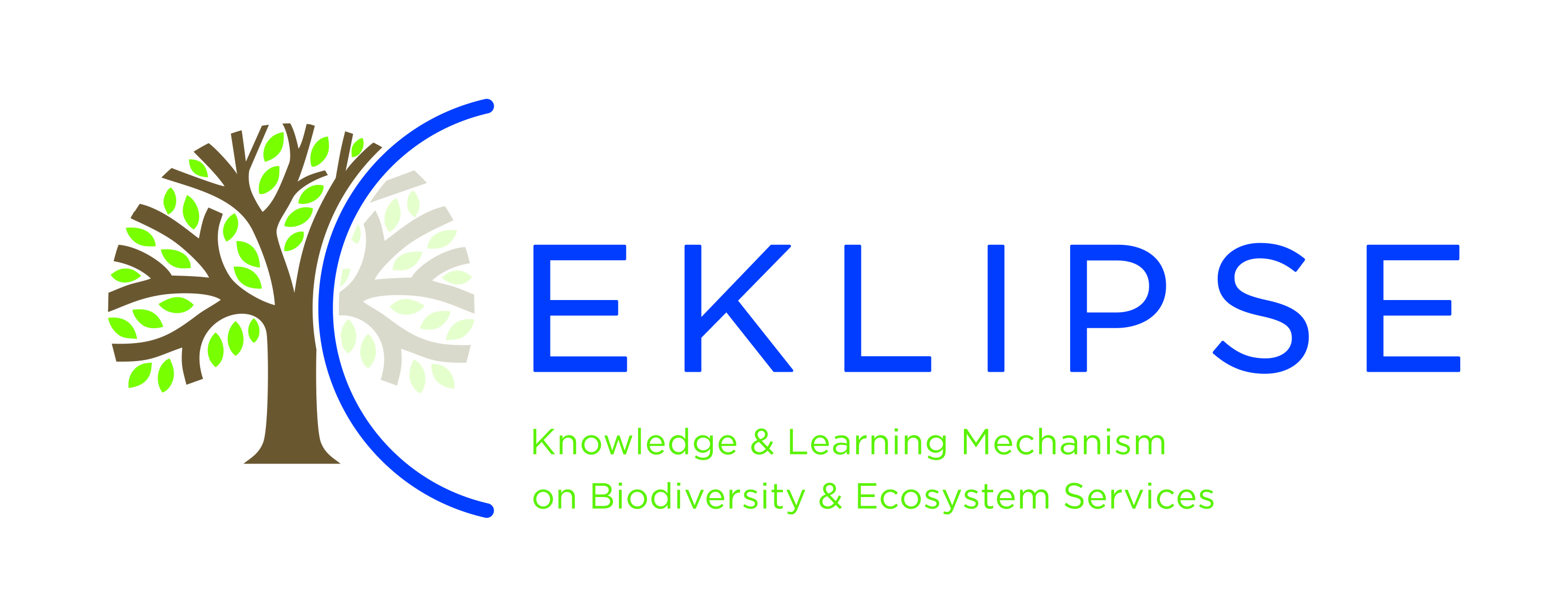
4. A crash-course in citizen science
Goal: The aim of this course is to uncover the phases of designing and implementing a citizen science project, with particular attention to target groups, data quality and communication.
Duration: 1 day; 11th June 2018
Fee: None.
Click here for course organizers, description, location and additional information.
5. Dr Kronholm’s best R tips and tricks
Goal: Is R causing you anxiety? R Never seems to load your data, and this makes you sad? The goal of this course is to learn to avoid common pitfalls and learn to love R!
Duration: 1 day; 11th June 2018
Fee: None.
Click here for course organizers, description, location and additional information.
6. Ethics and Conservation? An introduction to the use of the Ethical Review process
Goal: The goal of the course proposal is to train participants in ethical reasoning and let them become familiar with some ethical tools and methodologies that can be employed in conservation issues.
Duration: 1 day; 11th June 2018
Fee: None.
Click here for course organizers, description, location and additional information.
7. Spatial conservation planning with Zonation
Goal: A short course to running spatial conservation prioritisation analyses
Duration: 1 day; 11th June 2018
Fee: None.
Click here for course organizers, description, location and additional information.
8. The use of computer simulations based on molecular markers data for conservation of natural forest resources
Goal: Train participants (i) to understand the genetic approach for conservation of natural forest populations; (ii) to understand the importance of genetic diversity and the genetic effects of forest destruction and fragmentation; (iii) to identify the conservation status of populations or species through the use of molecular markers data and computer simulations; and (iv) to define the most suitable for conservation based on the simulation results.
Duration: 1 day; 10th June 2018
Fee: None.
Click here for course organizers, description, location and additional information.
9. Hierarchical Modelling of Species Communities (HMSC)
Goal: The goal of the course is that participants are able to apply HMSC to their own data
Duration: 2 days; 10-11th June 2018
Fee: None.

Click here for course organizers, description, location and additional information.
14. Writing scientific papers & project proposals
Goal: A course to assist PhD students and early career scientists, particularly those from non-English speaking countries. The aim is not to teach grammar or style but to illustrate how to go about writing scientific paper for publication in refereed journals. In the last module, writing applications for funding is discussed. At the end of the course, the participants are expected:
- to understand the importance of publishing scientific-technical information
- to know the main types of publications, and how to assess their quality
- how to write a primary scientific paper
- how to use graphical tools to analyse data and present technical evidence
- to have an overview of the manuscript handling and publication process, from the submission to final publication
- how to submit their work for publication, on paper or electronically, and how to track it through the editorial system
- how to interact with editors, how to review/revise their own and others’ work
Duration: 1 day; 11th June 2018
Fee: 12€ (includes morning and afternoon coffee/tea)
Click here for course organizers, description, location and additional information.
1. Decolonizing conservation research methods
Organizers: Álvaro Fernández-Llamazares, Aili Pyhälä & Mar Cabeza (University of Helsinki, Finland)
Description: Reframing the way in which conservation engages with Indigenous Peoples and Local Communities (IPLCs) has been recurrently proposed as a top priority for global biodiversity governance and planetary well-being. Several international agreements, such as the Convention on Biological Diversity (CBD) or the UN Framework Convention on Climate Change (UNFCCC), have firmly asserted the urgent need to bring new tools and approaches to actively consult, involve, and benefit IPLCs in conservation research, for reasons of social justice and more inclusive biodiversity governance.
In this short course, we will offer an overview of the growing philosophy of “decolonizing methodologies” in the context of conservation research. Stemming from anthropological and development studies research, the notion of decolonizing research methods is still rarely integrated in the curricula of conservation biologists, many of whom work in areas inhabited by IPLCs. This short course, consisting of a lecture and a series of dilemma-solving exercises, will encourage collective reflection on different ethical aspects that need to be considered when doing conservation research with and/or amongst IPLCs.
By highlighting several cases of questionable forms of top-down research, we will illustrate how colonizing conservation research can perpetuate unequal power relations and disenfranchisement of IPLCs, eventually undermining their own sense of self-worth as well as epistemic traditions. We will also offer examples of different proactive, precautionary, participatory and ethical approaches that conservation researchers can adopt to embrace IPLCs as agents of action (rather than subjects of study) and avoid the imposition of colonizing methodologies. Emphasis will be placed on different codes of ethical conduct available, and the importance of abiding to the practice of Free, Prior and Informed Consent (FPIC), as established by the Nagoya Protocol on Access and Benefit Sharing. The course will be of interest to early-career scholars and practitioners willing to engage with IPLCs in an ethical and participatory manner.
Location: University campus
Minimum/maximum number of participants: 10/25 participants
Specific information:
- 9:00-10:00h Lecture on decolonizing methodologies
- 10:00-11:30h Knowledge café / Dilemma discussions
- 11:30-12:30h Supervised writing exercise / Rethink your own current or future research or work in the light of decolonizing principles
2. Getting the Most out of the Media
Organizer: Linda Fairbother (UK)
Description: Conservation issues tend to be controversial, especially when there is a real or perceived conflict between environmental preservation or restoration, and human needs such as economic development, housing, fuel, hunting, etc. Dealing well with the media is an important skill for conservationists, whether to bring attention to a campaign or project in order to gain support, or to cope with attacks, doubters and opponents. It’s especially important to win hearts and minds of local people, or at the very least be able to explain the scientific and environmental issues in a clear and honest way through media outlets. With the growth of on-line social media, such as blogs, vlogs and podcasts, there are also new ways to reach the public, especially young people. The course will have many examples of good and bad interviews, and fun exercises to illustrate the learning points, which will also be useful in preparing for real interviews. Delegates will be expected to take an active part.
This entertaining and practical workshop will look at
- how to write a good press release
- how to decide on the most effective message: being true and memorable
- preparing for a media interview: focus, clarity, impact
- staying cool and in control under pressure
- performing well on radio and television: professional tips for interviews, podcasts, and other social media
- continuing to improve skills after the workshop
Location: University campus
Minimum/maximum number of participants: 30/50 participants
Specific information: Linda Fairbother- Journalist and broadcaster for over 30 years, for BBC and ITV news reporting, BBC World Service, BBC local radio, “The Times” newspaper, etc; Media trainer associate for University of Cambridge, including an annual session for the M Phil in Conservation Leadership for the Department of Geography.
3. Interplays of science, policy and society for planetary wellbeing: meaningful science communication and outreach on European scale
Organizers: Marie Louise Jørgensen & Bjørn Bedsted (the Danish Board of Technology Foundation, Denmark), and the EKLIPSE project, Riikka Paloniemi & Liisa Varumo (Finnish Environment Institute, Finland)
Description: To create meaningful interplays between science, society and policy different means and channels of communication and outreach need to be explored. This holds especially true for the environmental sector where the issues often is of a global nature and the range of stakeholders wide, and thus requires diverse approaches. It is not merely a matter of successfully communicating scientific knowledge but also hearing, integrating and disseminating the voices of other knowledge holders. Europe has a broad and diverse landscape of knowledge holders across academia and other domains, working at multiple levels, from the local, sub-national and national level, where most biodiversity relevant decisions are taken, to the European level, where major framework decisions like the Nature Directives or the Common Agriculture Policy are formulated. It is widely acknowledged that issues regarding biodiversity and ecosystem services are complex and often depend on a multitude of drivers, pressures and societal responses, requiring a broad array of knowledge from different stakeholders to understand and address them. Communication has moved from informing to involving and asking. Discovering diverse ways of expressing, framing and communicating topics has the ability to make these complex issues more transparent and understandable for a wider public thus promoting participation in the discussions and strengthening the legitimacy of them. Not only the “how”, but also the “when” and “where” of communicating research is important when the stakeholders vary. From traditional written and face-to-face approaches to a multitude of virtual means of dissemination the tools for scientific communication are growing, but finding the appropriate ones also becomes more challenging.
The course will in an interactive manner build capacities for researchers and science communicators to design and implement meaningful science-society-policy interplays in their work. The course will be a mix of presentations, joint reflections in plenary and hands-on group exercise. This includes presentations of current praxis and state of the art, interesting cases for inspiration, how to design a process (what, why, who, when, and how). Followed by a group exercise where the participants in smaller groups develop a draft plan for how to implement an example case of science-society-policy interaction. The results will be presented in Plenary, and a joint reflection on key aspects and learnings will follow.
This course aims to cover a variety of elements related to the science-policy-society interactions of biodiversity and ecosystem issues drawing on practical experiences, building the capacity of researchers for meaningful outreach and give them novel ideas on the topic.
Location: University campus
Minimum/maximum number of participants: 15/50 participants
Preliminary programme:
- Strengthening interplays of science, Policy and Society (Bjørn Bedsted, DBT)
- The diversity of possible approaches for interplays (Marie Louise Jørgensen, DBT)
- Presentations on cases of science-policy-society interplays/interfaces (World Wide Views on Biodiversity by Bjørn Bedsted, DBT, Eklipse online science cafes by Liisa Varumo, further cases TBA)
- Designing an engagement or science communication process (Marie Louise Jørgensen, DBT)
- Training exercise in small groups – designing a science-society-policy interplay
- Plenary presentations and joint reflections
About the organisers:
The DBT has for more than 30 years developed and implemented methods of public engagement in R&I and policy-making at local, national, and international level. We work continuously to improve the interaction between science, society and policy-making through multi-actor approaches, stakeholder engagement, citizens’ consultations, policy dialogues etc. We are at the forefront of praxis in the domain of stakeholder and citizen consultation, connected to policy analysis and advice and R&I.
EKLIPSE is an EU-funded project that started in February 2016. The project aims to establish a robust and flexible long-term mechanism to provide knowledge for policy support on biodiversity and ecosystem services. It aims to communicate and engage with a wide set of knowledge holders in its work to ensure tailor-made results to knowledge requesters and society more broadly. More information about EKLIPSE may be found from: http://www.eklipse-mechanism.eu/
4. A crash-course in citizen science
Organizers: Tomas Roslin (SLU, Sweden) & Mar Cabeza (University of Helsinki, Finland)
Description: As ecologists, we are always asking questions on patterns and processes much larger than we can grasp on our own. At the same time, the world is full of potential collaborators, including layman. Through approaches variously referred to as citizen science we can thus achieve so much more. And by involving wide audiences in generating scientific information, we make the dissemination of results an integral part of the process rather than a challenging chore at the end of the project. This short course will introduce the participants to the basic ideas behind citizen science. It will assist participants in designing citizen science protocols that are useful not only for research but also for the citizens involved. It will prompt participants to think carefully about the target groups and about data quality concerns, and it will revise common mistakes to be avoided.
The course will include lectures, group exercises, and an open discussion with cases from the participants
Location: University campus
Minimum/maximum number of participants: 10/20 participants
Specific information:
- 9:00-11:00h Lectures
- 11:00-12:30h Group exercises
- 12:30-13:30h Lunch
- 13:30-14:30h Group exercise outcomes / coffee
- 14:30-15:30h Lecture
- 15:30-16:30h Discussion
5. Dr Kronholm’s best R tips and tricks
Organizer: Ilkka Kronholm (University of Jyväskylä, Finland)
Description: The course is aimed for beginners who have just started using R to analyze their data but are experiencing some frustration. We will go over some common problems; such as loading your data into R, data structures, avoiding common mistakes, and some of the best tips and tricks with the help of useful packages like “plyr” and “ggplot2” for handling your data and plotting. The course contains both lectures and hands on exercises with R.
Location: University campus
Minimum/maximum number of participants: 10/15 participants
Specific information: Participants are encouraged to bring their own laptop but there are also available computers.
6. Ethics and Conservation? An introduction to the use of the Ethical Review process
Organizers: Barbara de Mori & Linda Ferrante (University of Padua, Italy)
Description: The course proposal underlines the importance of implementing the ethics expertise of who is involved in conservation projects and efforts on an everyday basis. The establishment of an Ethical Review Process (ERP) regarding in situ and ex situ conservation projects is of paramount importance today to ensure that all the concerns and stakeholders are considered and addressed, and that decisions are made on the basis of a rational decision-making process. The immediate results of the efforts in implementing the ERP are consistency and transparency in communication with institutions and the public.
A half day devoted to training into ethical reasoning and a half day to learn how to use tools and methodologies. Teaching methodologies include enquiry based learning and participative interaction, with group discussion and a bottom-up approach to case studies. During the course, participants learn how to include ethical reasoning and ethical tools into conservation projects and their evaluation.
Location: University campus
Minimum/maximum number of participants: 10/20 participants
7. Spatial conservation planning with Zonation
Organizers: Heini Kujala (University of Melbourne, Australia), Tuuli Toivonen (University of Helsinki, Finland), Enrico di Minin (University of Helsinki, Finland) & Peter Kullberg(University of Helsinki, Finland)
Description: In conservation planning, an important step is to identify priority locations for cost-effective conservation actions. This includes comparing candidate sites based on different data types, including species distribution maps, habitat types, costs and threats. In practice, conservation planning often also involves reconciling conflicting land use needs, providing options for sustainable development, while safeguarding biodiversity.
Zonation is a commonly used software in spatial prioritisation analyses. It uses information on the distribution of species, ecosystem services and habitats, as well as habitat conditions, connectivity requirements and costs to rank candidate locations based on their conservation benefit. It can incorporate various data types and considerations commonly encountered in spatial planning, such as accounting for future or ongoing threats or for uncertainties in the data. The outputs of Zonation be further analyzed using GIS or statistical software. The tool is currently being used to support decision making in land allocation for conservation and alternative land uses in a number of countries, including Finland, South Africa, New Zealand, Australia and Uruguay.
This introduction course will teach participants how to run spatial prioritisation analyses with Zonation. The learning objective of the short course is to understand the basics of the Zonation workflow from pre-processing of the spatial data to the actual prioritisation, and finally to the interpretation of the results. We demonstrate the workflow by using real-world planning and prioritisation case studies from different parts of the world. No previous knowledge of using Zonation is required, although basic understanding of spatial data, GIS and the concepts of conservation planning will be helpful.
Location: University campus
Minimum/maximum number of participants: 10/30 participants
8. The use of computer simulations based on molecular markers data for conservation of natural forest resources
Organizers: Caetano Miguel Lemos Serrote (Lúrio University, Mozambique)
Description: This is a training course about using data from molecular markers in simulations to study the parameters for conservation of natural forest resources. Genetic approach for conservation of natural populations will be discussed using the softwares Easypop v2.0.1 (Balloux, 2001) and Fstat v2.9.3.2 (Goudet, 2002). EasyPop allows simulating genetic, ecological and reproductive patterns from a given population based on data obtained through the use of molecular markers. The output from these simulations can be analyzed by Fstat to obtain detailed information about the population’s genetic structure such as gene flow, inbreeding and genetic drift effects. The following topics will be discussed: (1) Genetic characterization of natural populations; (2) Hardy-Weinberg Equilibrium; (3) Habitat destruction and fragmentation; (4) Molecular markers; (5) Genetic structure; (6) Genetic parameters for populations’ conservation; (7) Computer simulation of genetic parameters; and (8) Practical exercises.
The conservation of genetic diversity is the lowest level for ecosystem conservation and it is determinant for future evolution and the adaptability to environmental changes, thereby contributing to the conservation of the species and the ecosystem. The short course will contribute to the theme of the conference by providing an agile tool for biology conservation through the use of the conservation genetic approach and computer simulations.
Location: University campus
Minimum/maximum number of participants: 5/10 participants
Specific information: Participants are encouraged to bring their own laptop but there are also available computers.
9. Hierarchical Modelling of Species Communities (HMSC)
Organizers: Otso Ovaskainen & Nerea Abrego (University of Helsinki, Finland)
Description: Applications of conservation biology require a profound understanding of community ecology, in particular of the processes that determine the assembly and dynamics of species assemblages at different spatiotemporal scales. To facilitate the integration between conceptual and statistical approaches in community ecology, we have developed Hierarchical Modelling of species Communities (HMSC) as a general, flexible framework for modern analysis of community data (Ovaskainen et al. 2017). HMSC belongs to the class of joint species distribution models, and it makes it possible to derive simultaneously species- and community level inference from data on species occurrences, environmental covariates, species traits, and phylogenetic relationships. HMSC applies to a wide variety of study designs, including hierarchical data, spatial data, temporal data, and spatio-temporal data. In the workshop, we give a brief general overview of the HMSC approach, after which we focus on hands-on exercises in which the participant apply HMSC either to their own data or to our example data.
Location: University campus
Minimum/maximum number of participants: 10/30 participants
Specific information: The participants are encouraged to bring along a laptop with R installed, as well as their own data that they would like to analyze with HMSC (see Ovaskainen et al. 2017 for applicable data types). Instructions on how to format data will be sent beforehand to registered participants. (Reference: Ovaskainen, O., Tikhonov, G., Norberg, A., Blanchet, F. G., Duan, L., Dunson, D., Roslin, T. and Abrego, N. 2017. How to make more out of community data? A conceptual framework and its implementation as models and software. Ecology Letters 20, 561-576, doi: 10.1111/ele.12757)
14. Writing scientific papers & project proposals
Organizer: Prof. Gabor Lovei (Aarhus University, Denmark)
Description: Effective communication, by conservation biologists within and outside the discipline is rightly considered important by SCB. This course builds on the successful precedent at previous ECCB conferences. Course content (see below) covers the main areas of technical communication, written and oral, and uses practical examples that are relevant to conservation biology/ecology. After feedback from the Student Committee, we have now inserted a module on how to write proposals.
Location: University campus.
Minimum/maximum number of participants: 10/40
Course content:
- On learning and note-taking. Mind maps. How to increase learning efficiency?
- The scientific publication 'industry'. Primary, non-primary publications, journal types,
- Scientometrics, citations, citation indices. How to judge a journal and how to decide
- where to send a manuscript?
- Writing the main parts: introduction, material and methods, results, discussion
- What can figures do that no other form conveys? The theory of graphical information.
- Scientific graphs: theory and examples. Clarity, economy, and integrity as guiding principles. The “minimizing ink” principle.
- Collating and preparation for submitting a manuscript. Electronic submissions.
- How to follow the MS through the editorial system?
- How to deal with the scientific editor? How to handle rejection, requests for review, revisions.
- How to deal with the production editor? Proofreading, legal aspects, copyright, distributing the paper, etc.
Program:
- Introduction: An editors view 9-10
- How to beat the rejection trap 10-12
- Lunch break 12 - 13
- Presenting your data: the importance of Figures & Tables 13-15
- The writing process, submission & later 15.00-16.00
- Writing a proposal 16.00 – 17.00
- Final discussion
